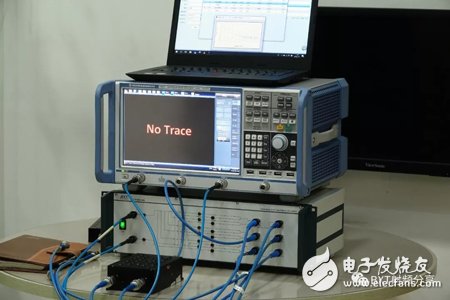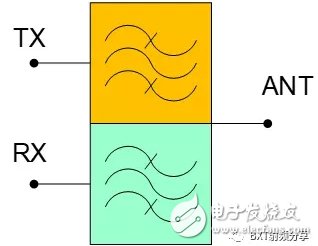When testing a multi-port microwave device using a network analyzer, the test cables must be reconnected to different ports of the Device Under Test (DUT) throughout the process. If you're measuring a duplexer with a two-port vector network analyzer, you need to make at least three connections during the test—starting with the initial setup and then changing the connection twice more. This means the technician has to perform four additional connection actions—two cables and two connections—which significantly increases the manual effort involved. In addition to these steps, the device must also be tested under load before manually running the test. In mass production scenarios, this traditional method is not only inefficient but also costly. Moreover, in high and low temperature testing, this approach becomes even less practical due to the time-consuming nature of repeatedly opening and closing the test chamber.

This article introduces an improved testing method that uses a switch matrix combined with automated test software to significantly speed up the process. This approach is particularly well-suited for mass production and for high and low temperature testing, where efficiency and consistency are critical.
The problem arose during a high and low temperature test on a duplexer. According to the factory standards, the device under test was placed in a temperature-controlled chamber at -30°C and +60°C for 90 minutes, after which its S-parameters were measured using a vector network analyzer.
Figure 1 shows the electrical schematic of the duplexer, where TX, RX, and ANT stand for transmit, receive, and antenna ports, respectively.

Figure 1. Duplexer electrical schematic
The test specifications for the duplexer include insertion loss from ANT to TX, ANT to RX, isolation between TX and RX, and standing wave measurements at all three ports.
At the start of the test, the duplexer was placed in the temperature chamber, and the ANT and TX ports were connected to the network analyzer. The chamber was set to -30°C, and after 90 minutes, we tested the insertion loss from ANT to TX and the standing waves at both ports. Then, we opened the chamber, moved the test cable from TX to RX, and closed the door again. However, we noticed that the internal temperature quickly rose to 0°C. After about 30 minutes, it slowly returned to -30°C. Once the insertion loss from ANT to RX and the standing wave at the RX port were tested, we opened the chamber again and repeated the process for the TX port. Finally, we conducted the isolation test between TX and RX.
Due to the frequent opening and closing of the test chamber door, the overall test time exceeded expectations. Even when testing two duplexers simultaneously, the process took an entire day. It's clear that with this method, batch testing would be too slow and expensive to meet modern production demands. This highlights the urgent need for a more efficient and automated solution.
Waterproof Speaker,Full Range Loud Speaker,Entrance System Speaker,Waterproof Multimedia Speaker
Jiangsu Huawha Electronices Co.,Ltd , https://www.hnbuzzer.com